Writing with Light
Q&A with photographer Satijn Panyigay
The field of photography had to fight a tough and controversial battle in terms of being considered an art form in the decades following its discovery, but today it is considered an art form as valid as any other. We had a talk with artist Satijn Panyigay, a half Dutch, half Hungarian photographer who seeks to tell stories about decay and the traces we leave behind by writing with light, manifesting the beauty in things that fall apart.
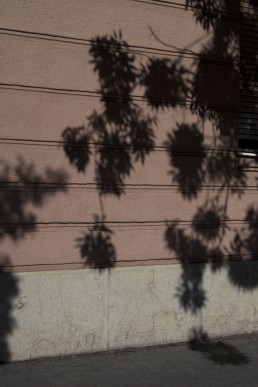
How did you develop an interest in photography and how did it end up as your primary medium of expression?
My interest in photography started when I was around 10 or 12. I made pictures and films with my mother’s videocamera. Around the time my dad bought me my own camera I was a goth-girl and began making selfportraits as a way to express myself.
What I love about photography are the two basics of it: the writing with light and freezing time. Both are very important in my work. I have a problem with letting things go and with a photograph I can capture something for eternity. Memories fade but when you look at a photograph you relive moments and people.
The field of photography had to fight a tough and controversial battle in terms of being considered an art form in the decades following its discovery, but today it is considered an art form as valid as any other. In your opinion, what makes a photograph a piece of art compared to a snapshot on Instagram?
I always want to see someone’s heart in a picture. I want to look at a piece of the artist’s identity and get to know that person through her or his work. A snapshot on Instagram is not per se the opposite of a piece of art, it can also be art, but I think it’s very important to see the artist in it. I see nothing special in a photograph of something anyone would shoot the same way. Also, a real piece of art doesn’t need prefixed filters.
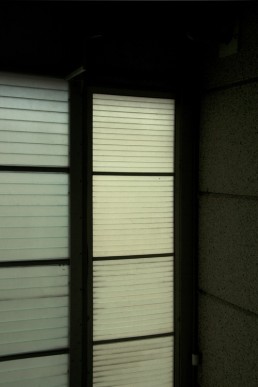
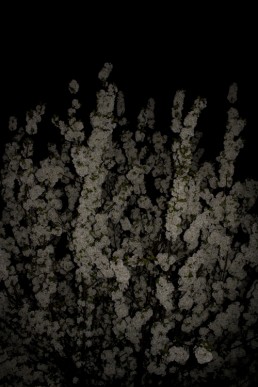
What are you looking for in a great picture?
My work has to have a certain calmth. I want my pictures to be somewhat silent. It’s work with depth and different ways to interpret it, so depending on your background or changing mood, you can see different things in my pictures every time you look at them. When photographing, everything depends on how the light falls. I could love or hate a place or interior depending on how light bleeds into or out of it. I really love shadows, and all the shades and surprises you can find in the dark parts of a photograph. I like balanced and simple compositions. And personally I want to feel deep emotions when looking at a photograph. A real good photo hits my heart immediately. I could cry, both outside and in, when looking at a visual that either shows us the immense beauty of life or the absurd awful side of it.
Your work revolves around melancholic themes such as decay and loneliness. Can you elaborate a bit about that.
My work is a reflection of my soul. I use it as my therapy, so every difficult emotion I experience gets framed. I want to make the most positive out of the hard things in life, so I like to make beautiful art from them. People generally don’t want to talk about death, getting older, things that fall apart. I can really understand that, it’s hard. But I want to show there is also beauty to be found in the tough things in life. When I was in Hungary to explore my roots (my father is Hungarian), I understood where my melancholic heart must come from. The Hungarian is known for feeling melancholic, has difficulties to let the past go and has the tendency to have a penchant for heavy things. And, as a people, they’ve been through a lot and are strong because of that. A Hungarian proverb says: ‘The Hungarian has fun when he cries’. That familiarity with heaviness is an ongoing theme in my work. My most recent project, Melankólia, arose from that feeling of having a certain heavy vision on the ordinary, but without wanting to fight that. I now fully embrace having that and I hope I can show people it’s okay to not feel your best all the time. Life is both happy and heavy, you can’t get only the good half.
Do you find yourself always looking at the world wondering how it would look as a photograph?
Yes, I see the world in images. Of course not everything around me, but I do always ‘crop out’ pictures with my eyes.
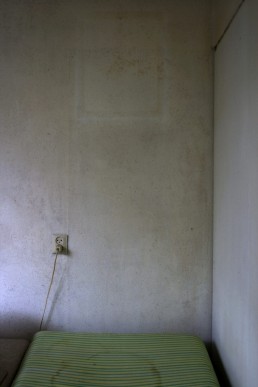
What inspires you as an artist and why?
The decay of things and people. The traces people leave behind when they lived or worked in a place, where you can still feel someones presence even after they left for years. The insane beauty of nature and its greatness: whatever humans do or create, we will never be greater than that and we could never make anything more beautiful than the sky, plants, the ocean and all animals. My own emotions and thoughts inspire me. Basically, life inspires me. But I’m extra drawn to empty spaces and silent places as I am seeking for a little bit of calmth and quiet in this insane and busy world. I create my own world with little bits taken out of the real world. I’m interested in getting to know myself better through my work, I really love to flee in it. But I’m also finding my place in this world with it. I want to show people my path and I hope they can relate. A lot of people who are interested in my photos, have the same feelings of not entirely belonging here, but have a hard time expressing that themselves. It’s really beautiful to know I can be of help with that.
What is your post production process?
I like the rawness of things, so in general I wouldn’t say I’m a fan of a lot of post-production. But I am a fan of slightly perfectioning an image, because in real life things aren’t always exactly as I would want them to be. I see my work as art, so my pictures don’t always have to tell the absolute truth, but they do always have to convey my story. So graphic images have to be straightened. I clean my images, so with film I get rid of the dust and I also remove little elements that disturb or imbalance the image. I tend to shoot in dark shades, so sometimes I have to brighten my images just a little bit. I wouldn’t want anyone to notice what I did, so for me images will never be too adjusted. Although I think you should never say never, people change and so can my vision.
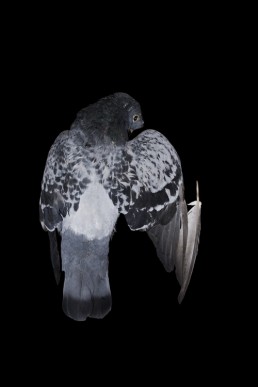
In recent times, the act of photographing has been widely democratized with the introduction of the cameraphone: not only can you take a decent image anywhere and at anytime, but you can also have it seen instantly by an extended network of people on platforms such as Instagram and Tumblr. How do you experience this development as a fine art photographer and does it affect your work process?
I think it’s wonderful to be able to make somewhat decent pictures with your phone. I use my phone and those pictures on Instagram to capture and share inspiration that I find throughout the day. It makes my workprocess a little more playful; I like sharing it there. It’s like an online sketchbook, where others can react to what you do, and they get to know your ways. I also follow a lot of other artists I’m into. I love to see their daily inspirations, previews of their newest work and sometimes something from their personal life. I enjoy the way you can easily connect to anyone on the planet, just because you like each other’s visual story.
We have seen an extreme shift in the photographic tech and styles in the last couple of decades. Where do you think it will be in future?
Everything will be possible. We already have flying camera’s, Google earth on which you can see my bicycle in front of my house, and online art galleries. I think everything will be about speed, sharing instantly, making tons of photos anywhere at anytime. But, in contrast to that, I know for sure that there will always be classic photographers using analog cameras and film. I started working with my mom’s old Nikon and other thriftshop finds again and it’s just something magical. I tend to work even slower and more focussed and I enjoy the excitement not knowing how your images turned out until you get them back from the lab. I’m also in love with the colors and grain of film, both black-and-white and colorfilm is just absolutely gorgeous. So I think for me that will always win from any kind of new technologies. But although I’m not a gadget kid, I would love a camera in my eye 😉
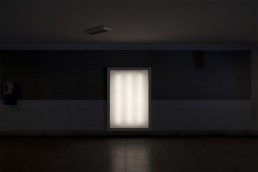
Artist website: Satijn Panyigay
Instagram: satijnpanyigay
Gallery website: Caroline O’Breen
Find artworks for sale by Satijn Panyigay in the Artland app.
Get your free copy of Artland Magazine
More than 60 pages interviews with insightful collectors.